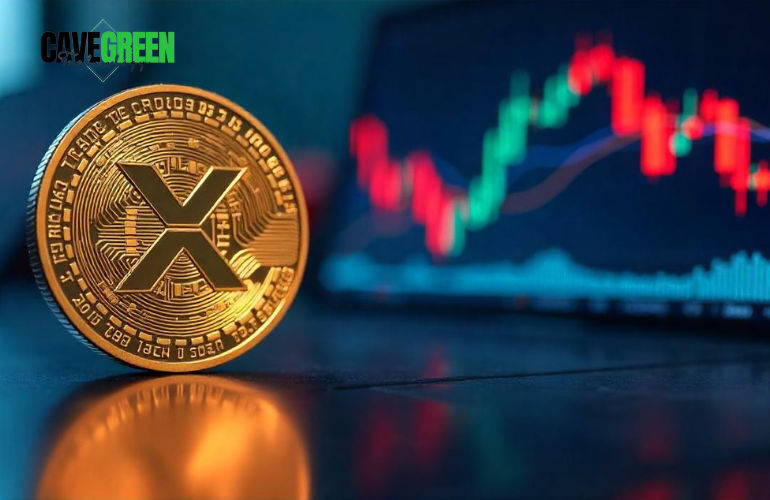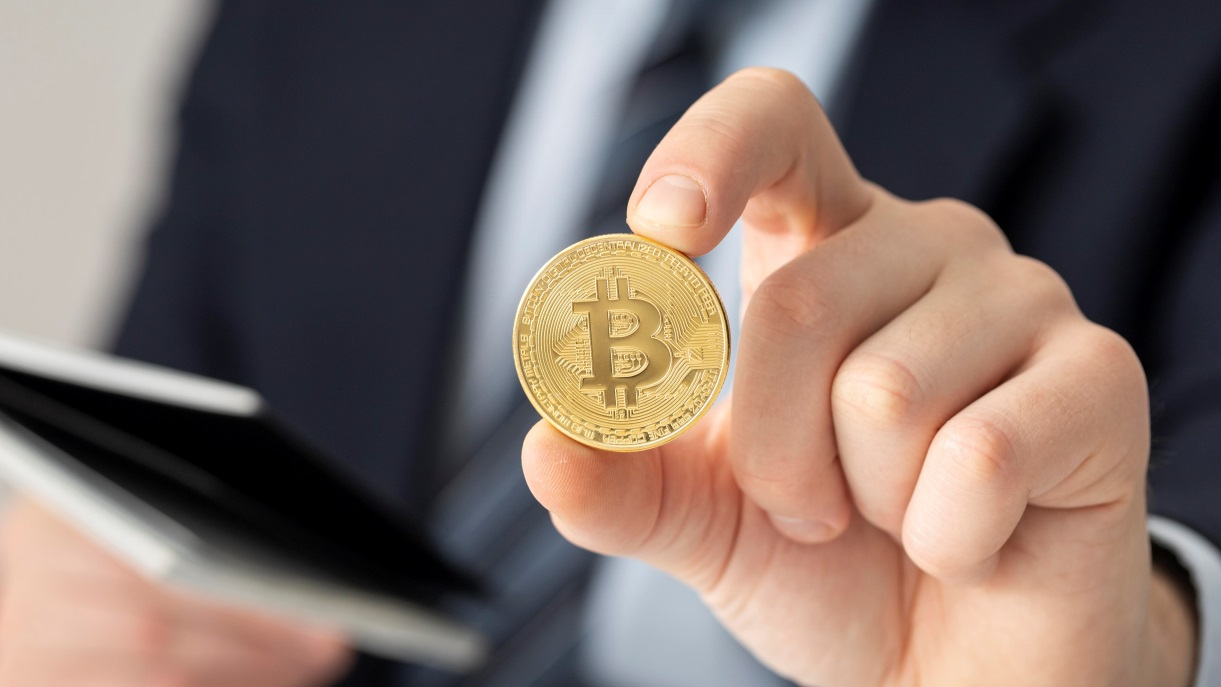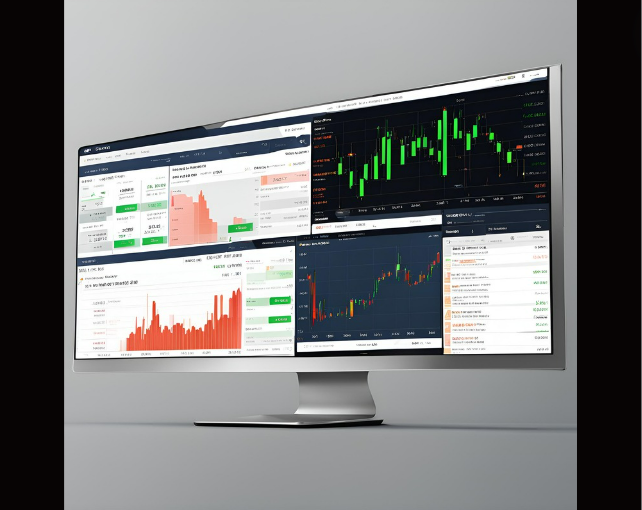The international remittance sector is a crucial component of global financial services, enabling millions to send money across borders. However, traditional remittance systems are often associated with high transaction fees, prolonged processing times, and inefficiencies that negatively impact both senders and recipients. As blockchain technology continues to evolve, it presents more cost-effective and efficient alternatives, with XRP emerging as a leading solution to reduce remittance expenses and enhance global payments.
Issues with Traditional Remittance Methods
Conventional banking systems depend on pre-funded accounts in foreign currencies to facilitate international transactions. This reliance on intermediary banks increases costs and slows transaction speeds. Traditional financial service providers, including banks and money transfer operators such as Western Union and MoneyGram, impose high fees due to these intermediaries.
Data suggests that the average remittance cost ranges between 6% to 7% of the total transaction amount. This cost is a significant burden, particularly for migrant workers who send money home as a source of income for their families. Additionally, transactions through traditional banking networks can take several days to settle, leading to delays and additional charges. These inefficiencies make it challenging for recipients to access their funds promptly.
XRP’s Role in Transforming Remittances
XRP, the digital asset utilized within RippleNet, is transforming the remittance industry by leveraging blockchain technology to enable faster and more cost-effective transactions. Unlike traditional banking systems, XRP transactions settle within 3 to 5 seconds, drastically reducing processing delays and eliminating unnecessary intermediaries.
RippleNet, Ripple’s global payment network, integrates XRP as a bridge currency, removing the necessity for pre-funded foreign accounts. This feature allows financial institutions to settle cross-border payments instantly, significantly reducing operational costs. As a result, banks and remittance service providers can offer lower fees to consumers, making global money transfers more efficient and accessible.
The Cost Advantage of XRP
One of XRP’s most significant benefits in remittances is its low transaction fees. While traditional remittance services charge between 6% and 7% of a transfer amount, XRP’s fees are merely a fraction of a cent. This substantial reduction in costs makes financial transactions more accessible, particularly for unbanked and underbanked populations who rely on remittance services for survival.
Additionally, XRP functions as a bridge currency on the XRP Ledger, facilitating direct transactions between different fiat currencies without requiring multiple currency conversions. This not only streamlines the remittance process but also eliminates extra costs associated with foreign exchange rates.
By removing intermediary banks, reducing conversion fees, and providing near-instant settlements, XRP significantly enhances the efficiency of remittance transactions worldwide.
Real-World Adoption of XRP for Remittances
Several global financial institutions and payment service providers are adopting XRP to optimize their remittance operations. Some of the key adopters include:
- SBI Remit – A major remittance provider in Japan utilizing XRP for instant, low-cost transfers.
- Tranglo – A cross-border payment company that uses XRP to increase efficiency and reduce remittance costs.
- Azimo – A digital money transfer service integrating XRP to facilitate seamless, real-time payments across different markets.
These companies demonstrate the increasing adoption of XRP across the financial sector, proving its effectiveness in cutting remittance costs and improving transaction efficiency.
Conclusion
XRP is redefining the remittance industry by addressing inefficiencies, high costs, and long processing times associated with traditional payment systems. With near-instant settlements and significantly lower fees, XRP enhances the accessibility and affordability of cross-border money transfers.
As more financial institutions and payment service providers integrate XRP into their operations, and as regulatory frameworks evolve, its adoption is set to increase. This could reshape the global remittance landscape, providing millions of people with a faster, cheaper, and more efficient way to send money internationally.
By leveraging blockchain technology and eliminating traditional bottlenecks, XRP stands as a revolutionary tool for the future of global remittances.





